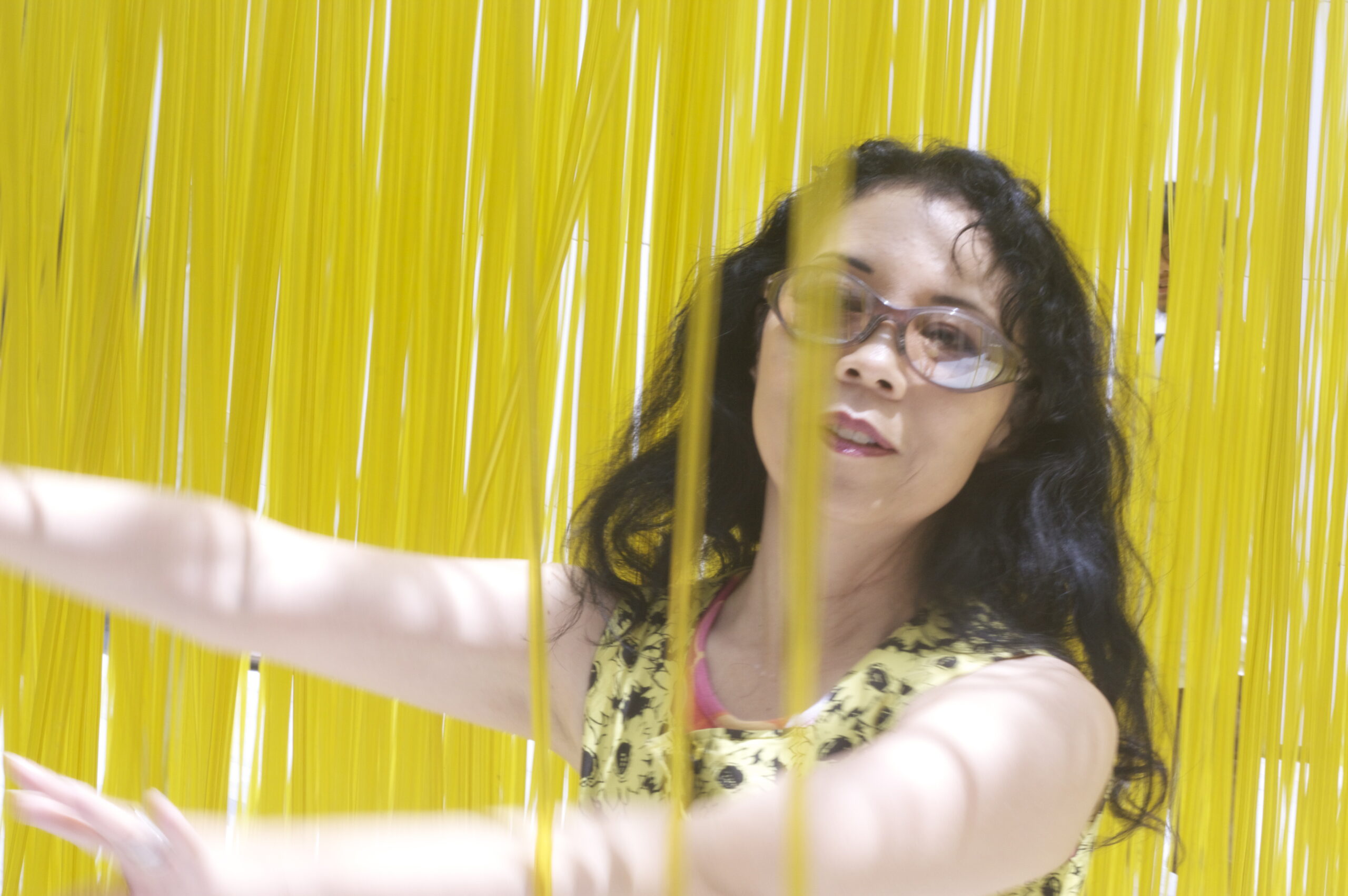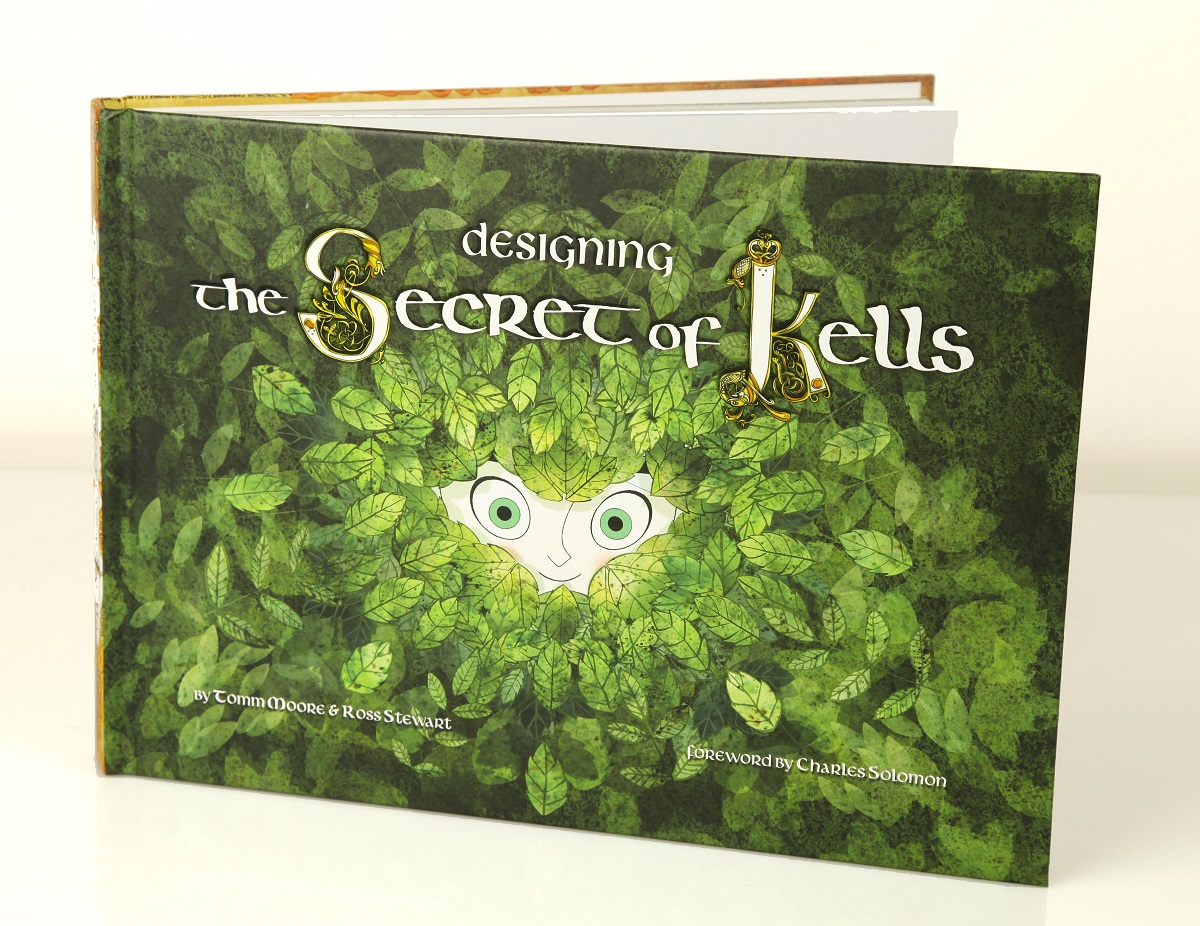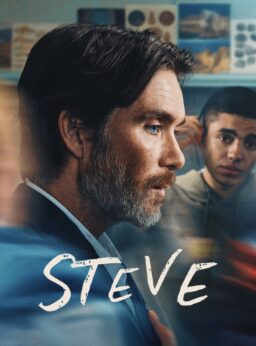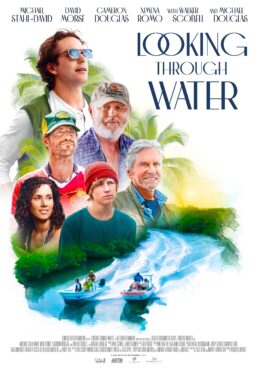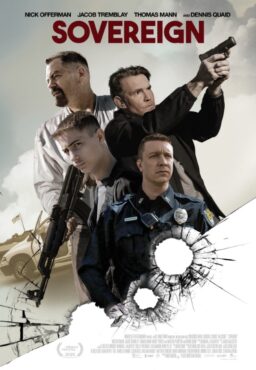One of the longer lines at the San Diego Comic-Con’s Artists Alley was for the book signing by the Paul Young and Tomm Moore, the founders of the Kilkenny-based Irish Animation Studio Cartoon Saloon for the new book, “Designing The Secret of Kells.” I wasn’t able to catch any of the three book signings or the Friday sneak peek panel for the studio’s new animated feature, “Song of the Sea,” but I did attend a similar event at the International Animated Film Society, ASIFA-Hollywood on Tuesday, July 29, 2014.
The Academy Award nominated “The Secret of Kells” was a 2D animation that celebrated its two-dimensions. The lines and abstract decorations gave these two-dimensional characters more depth than some live action roles played by humans. The designs ignore Renaissance rules of perspective and instead looked at the legacy of the illuminated illustrations for the Christian Gospels dating back to 800 A.D. in the “Book of Kells.” The real “Book of Kells” is housed at Trinity College in Dublin.
“Song of the Sea” has no relation to the Shirat HaYam poem that appears in the Book of Exodus or to the 1952 Brazilian film “O Canto do Mar.” Cartoon Saloon’s “Song of the Sea” draws on an experience director Tomm Moore had long ago. Moore described walking on the seashore where he noticed the carcasses of many seals. When he inquired about the seals he learned local fishermen were killing them out of frustration, blaming the seals for the low numbers of fish. One local commented that this would have never happened long ago when the fishermen believed in Selkies.
Selkies are water spirits in Irish, Scottish and Faroese folklore. They were the souls of those lost at sea or humans who have returned to the sea, Moore said during the panel discussion. According to folklore, they can turn into very handsome men and beautiful women on land. If a man wishes to keep a Selkie for his wife, he keeps her coat and then she can never return to the sea.
In “Song of the Sea,” the mother has taken care to teach her son, Ben, the songs of her youth, but she dies before she can teach them to her daughter, Saoirse. Sent to the city to be cared for by their grandparents, Ben and Saoirse escape and wander back through the Irish countryside toward their home. On the way, they meet mythical creatures including three who will turn to stone unless Saoirse is able to sing the Selkie song of the sea while wearing her Selkie coat.
The sibling rivalry between Ben and the mostly silent Saoirse also comes into play as they both look for ways to remember and honor their family and their heritage. Like “The Secret of Kells,” “Song of the Sea” also has a distinctive style despite being the product of seven years of development between four different studio partners in four different countries (Ireland, France, Belgium and Denmark).
Moore and Young explained that they learned from “Kells” the necessity of developing their story fully and testing it on school children before beginning the animation process. With “Song of the Sea,” they wanted to contrast life in the city with the countryside and yet the world of the children’s family is, much like in the 1939 movie “The Wizard of Oz,” echoed in the fairy world. They found inspiration in the TV miniseries “Into the West,” Hayao Miyazaki’s “My Neighbor Totoro,” and the Disney classic “The Jungle Book.”
An American release date for “Song of the Sea” hasn’t been established yet, but you can keep updated on the progress of “Song of the Sea” by following the director’s blog or by following Cartoon Saloon (@CartoonSaloon), Tomm Moore (@TommMoore) or Paul Young (@PaulYoung99) on Twitter.
